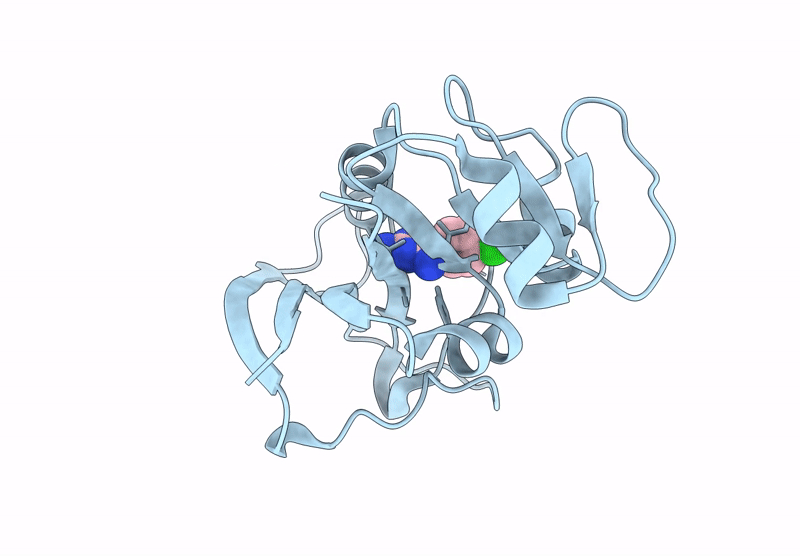
Deposition Date
2024-08-22
Release Date
2025-02-26
Last Version Date
2025-03-26
Entry Detail
PDB ID:
9DAQ
Keywords:
Title:
Structure of E. coli dihydrofolate reductase (DHFR) in an occluded conformation and in complex with a cycloguanil derivative
Biological Source:
Source Organism:
Escherichia coli (Taxon ID: 562)
Host Organism:
Method Details:
Experimental Method:
Resolution:
2.35 Å
R-Value Free:
0.25
R-Value Work:
0.23
R-Value Observed:
0.23
Space Group:
P 61 2 2


